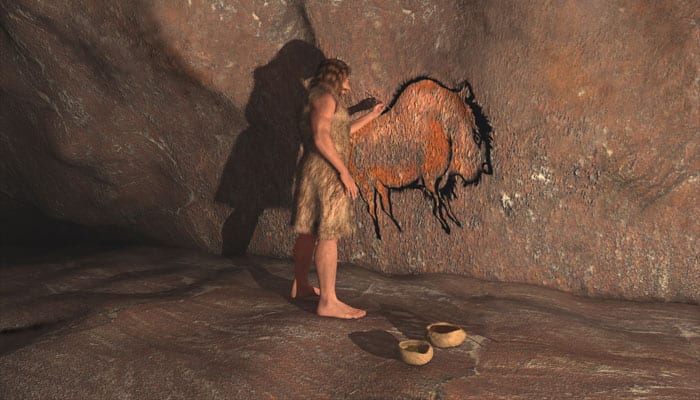Washington D.C.: A recent study suggests that Neanderthals across Europe may well have been infected with diseases carried out of Africa by waves of anatomically modern humans or Homo sapiens.
As both were species of hominin, it would have been easier for pathogens to jump populations, say researchers. This might have contributed to the demise of Neanderthals.
Researchers have reviewed the latest evidence gleaned from pathogen genomes and DNA from ancient bones, and concluded that some infectious diseases are likely to be many thousands of years older than previously believed.
There is evidence that our ancestors interbred with Neanderthals and exchanged genes associated with disease. There is also evidence that viruses moved into humans from other hominins while still in Africa. So, the researchers argue it makes sense to assume that humans could, in turn, pass disease to Neanderthals, and that - if we were mating with them - we probably did.
Dr. Charlotte Houldcroft from Cambridge's Division of Biological Anthropology says that many of the infections such as tapeworm, tuberculosis, stomach ulcers and types of herpes likely to have passed from humans to Neanderthals are chronic diseases that would have weakened the hunter-gathering Neanderthals, making them less fit and able to find food, which could have catalysed extinction of the species.
New techniques developed in the last few years mean researchers can now peer into the distant past of modern disease by unravelling its genetic code, as well as extracting DNA from fossils of some of our earliest ancestors to detect traces of disease.
The longstanding view of infectious disease is that it exploded with the dawning of agriculture some 8,000 years ago, as increasingly dense and sedentary human populations coexisted with livestock, creating a perfect storm for disease to spread. The researchers say the latest evidence suggests that the disease had a much longer "burn in period" which pre-dates agriculture.
In fact, they say that many diseases traditionally thought to be 'zoonoses', transferred from herd animals into humans, such as tuberculosis, were actually transmitted into the livestock by humans in the first place.
There is as yet no hard evidence of infectious disease transmission between humans and Neanderthals. However, considering the overlap in time and geography, and not least the evidence of interbreeding, Houldcroft and Underdown say that it must have occurred.
Neanderthals would have adapted to the diseases of their European environment. There is evidence that humans benefited from receiving genetic components through interbreeding that protected them from some of these: types of bacterial sepsis - blood poisoning occurring from infected wounds - and encephalitis caught from ticks that inhabit Siberian forests.
In turn, the humans, unlike Neanderthals, would have been adapted to African diseases, which they would have brought with them during waves of expansion into Europe and Asia.
The researchers describe Helicobacter pylori, a bacterium that causes stomach ulcers, as a prime candidate for a disease that humans may have passed to Neanderthals. It is estimated to have first infected humans in Africa 88 to 116 thousand years ago and arrived in Europe after 52,000 years ago. The most recent evidence suggests Neanderthals died out around 40,000 years ago.
The study has been published in American Journal of Physical Anthropology.
















